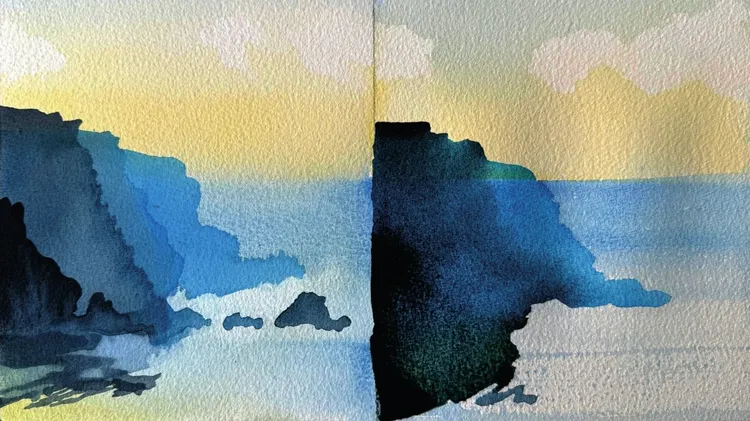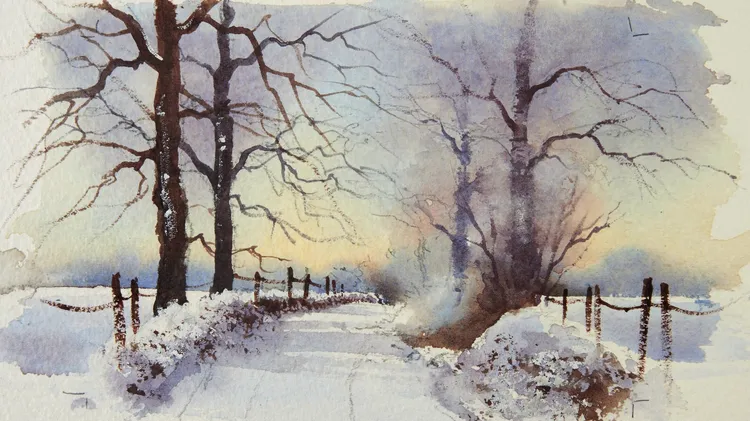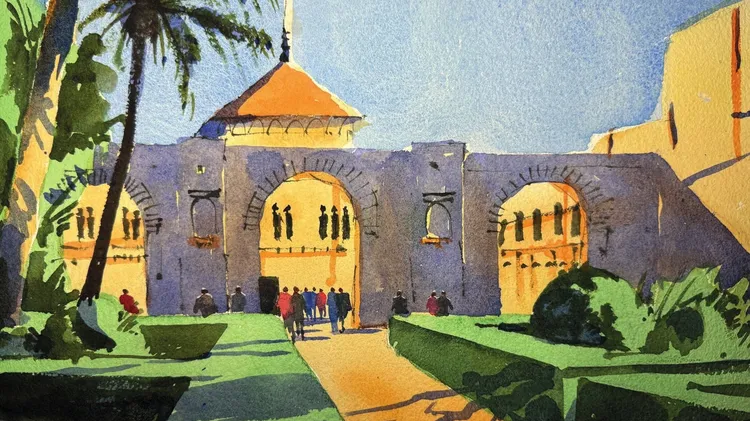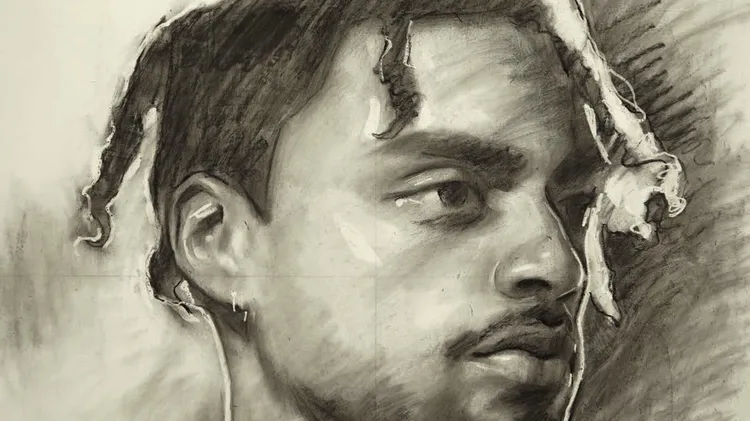In this third of a five-part series, ADEBANJI ALADE shows you how he c
Portrait in mixed media
4 min read
This article is from...
Read this article and 8000+ more magazines and newspapers on Readly





